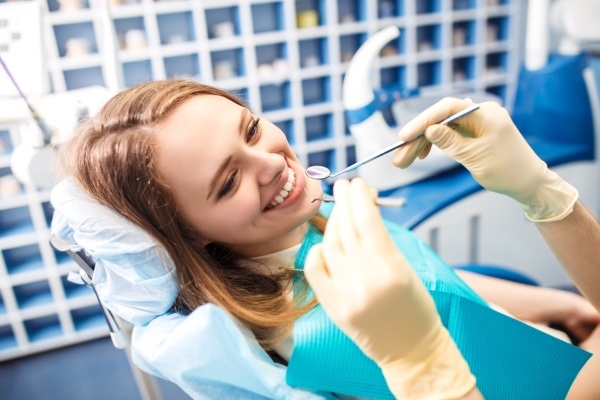Dentures are a teeth replacement option without a surgical procedure. Dentures are portable prosthetic teeth fitted in one’s mouth without regard for the bone. The dentist can get the nearest crown dental labs producing dentures through the denture labs near me option.
Software like Cayster provides dental labs with high-quality technicians and high-tech equipment. Cayster is a technology company handling inefficiencies in the dental enterprise.
Now, a wax try-in of the denture teeth is a necessary stage in the fabricating procedure. Through this try-in process, the dentist and the dental technician accurately understand the denture’s fit and function. This try-in also helps the patient preview their renewed smile before it is finalized. With the information attained at the bite rim phase, the crown dental lab technician will fix the suitable dimensions, form, and the ordered shade of teeth in wax on the base platings. In case of the patient has a large number of undercuts present, the baseplate may sense looseness which needs the dental technician to use denture adhesive to ensure the proper placement of the baseplate for the try-in. Dental labs can be found through the denture labs near me option.
Once set-up is done, the patient can freely smile.
Firstly, confirm the patient’s Vertical dimension of occlusion(VDO). The patient can see types of dentures by finding labs through the denture labs near me feature. If the dentist technician duplicates a patient’s prior VDO, merely estimate the patients VDO with their previous dentures and the wax try-in. If the dentist is unfurling the VDO of a patient whose bite may have crumpled due to wear/crack, inspect how the latest set-up looks and processes to decide if this VDO is relaxing for the patient.
Few points to follow up:
- The dentist needs to study the standing of the central. Ensure the accurate midline by incising the wax/writing straight on the denture teeth with a sharpie marker. After that, they do guarantee that the upper and lower midlines fit.
- Now, match the plane of occlusion. If the teeth look tilting to one side, one can draw the correct plane of occlusion by sketching a straight line perpendicular to the base straight on the anterior teeth with a sharpie marker.
- The height of the upper anterior teeth is observed. If the set looks overly “gummy,” the upper anterior teeth look overly down or the lower anterior teeth look too elevated, the VDO may be too enormous. Now, one should ensure that approximately 2 mm of gingival tissue is seen, not more than that in a genuine smile.
- If the occlusion is accurate but seems too “gummy,” score/mark a horizontal line in the resin at the part of the patient’s lip when grinning. This will show the crown dental lab technician how much to alter the VDO when resetting the teeth.
Now, make the patient bite down.
- All the teeth should occlude similarly, and the anteriors should depict one-two mm of overbite and one-two mm of overjet.
Reminder:
– Now, if the patient is class two, one will observe three-five mm of overjet and three-five mm of overbite.
– Class three will have an underbite of the jaw posture that needs many mm.
- Now, if the patient is unfit to bite down totally, or if the anterior teeth are loose, there can be interference from the posterior teeth/wax. Remove the teeth, stopping complete occlusion from the upper/lower bite rim. Trim out any extra wax that is inhibiting. In a few cases, vacating some of the base plates shielding the tuberosities/retro molar pads may be essential. Now, they get added back before processing. As the problems are removed, the patient can entirely occlude, and the anteriors are shut; secure the VDO and take a check to bite straight over the base plates and any remaining teeth, ensuring that the patient is entirely and accurately occluded. The teeth are given back to the lab to be reset.
- For partial cast dentures, if a clasp/rest is crashing the opposite and compelling the bite to be open, not naturally, the patient takes an extra bite with the partial extracted and makes a notation that the clasp/rest is meddling so the lab can adjust it.
- Review the side profile. Ensure the lips look lifelike, not too protruded/ditched-in. The upper anterior teeth should be unfolded just scarcely to the incisal, and the lip should be backed when talking and beaming. Teeth not positioned perfectly on the ridge can push the patient to whistle/lisp when speaking.
If the patient can do all normal mouth activities comfortably, it indicates that dentures are ready to be processed. If one is creating multiple changes, it is advised to test the teeth in wax again before processing and finalizing to ensure everything is correct. The dentist can find the nearest crown dental lab through denture labs near me. With the proper dimensions, fabrics and communication, the denture teeth try-in will be a successfully finished denture case.


